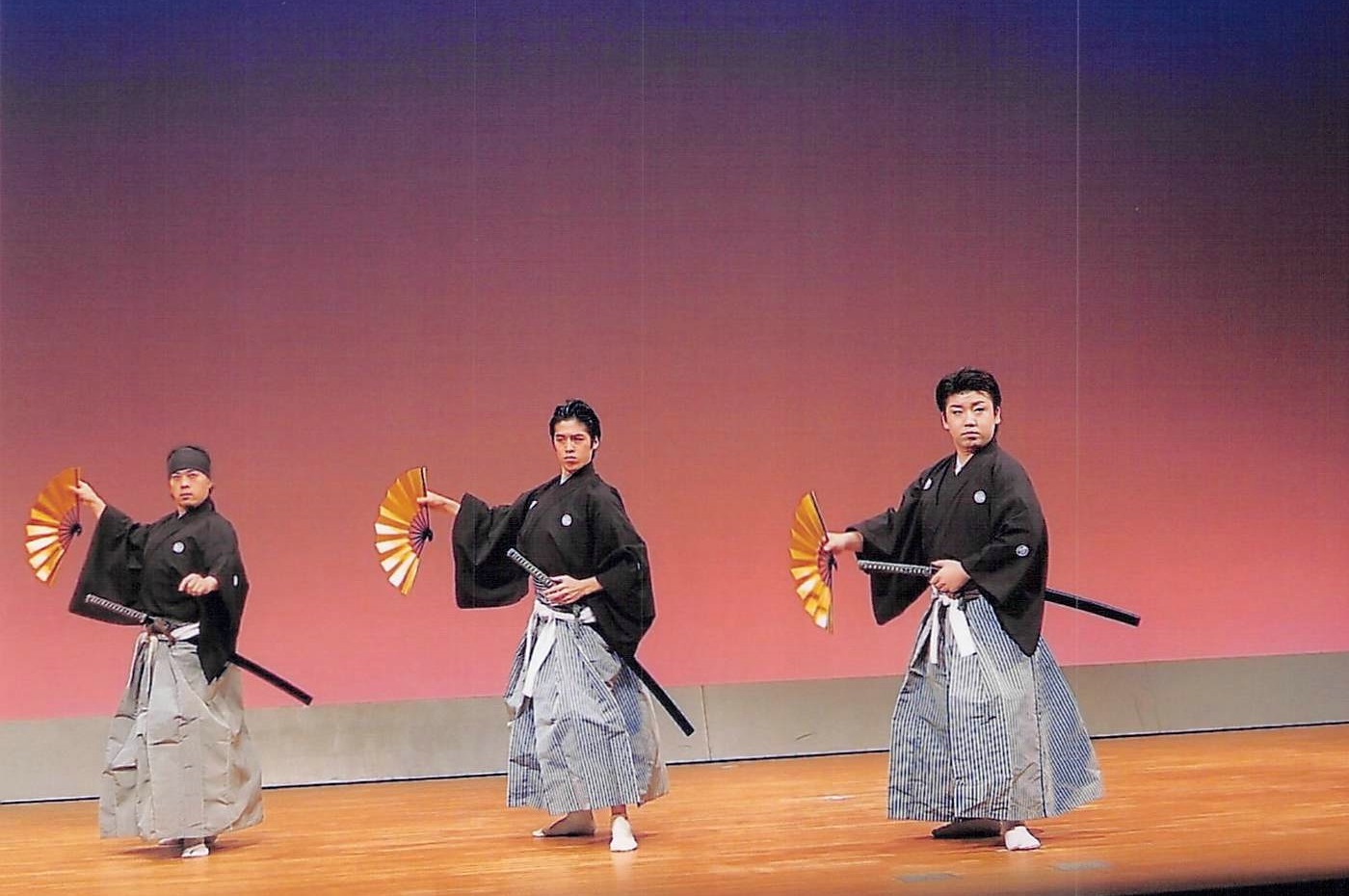In the graceful and disciplined world of Kenbu, the traditional Japanese art of sword dance, two objects stand out for their symbolic and cultural significance: the katana (Japanese sword) and the fan. These are not mere tools or props; they are deeply embedded in the history and essence of Kenbu, representing the soul of the Samurai and the elegance of Japanese culture.
The Katana: More Than a Sword
The katana is not just a weapon; it's an emblem of the Samurai's honor, discipline, and skill. In Kenbu, the katana is wielded not for combat, but as an instrument of art. The way a practitioner handles the sword reflects their respect for its history and power. The smooth, controlled movements in Kenbu, from the unsheathing to the precise strikes and fluid motions, demonstrate a mastery that goes beyond physical prowess to a deeper, almost spiritual connection with the blade.
Historically, the katana was more than a fighting tool for the Samurai; it was a symbol of their social status and personal honor. In Kenbu, this reverence for the katana is palpable. The art form requires not only physical skill but also an understanding of the katana's cultural and historical significance. Practicing with the katana in Kenbu is a way to connect with the legacy of the Samurai, to embody their values of integrity, courage, and discipline.
The Fan: A Symbol of Elegance and Subtlety
The fan, often overlooked in discussions of martial arts, plays a crucial role in Kenbu. Beyond its utility, it embodies "mitate" — a Japanese concept of layered symbolism and aesthetic perception. The fan is not just a tool but a symbol of grace, tact, and the subtler aspects of Japanese aesthetics. It represents "mitate" by serving multiple interpretive roles; it can be a leaf, a weapon, or a gesture of the heart. The movements of the fan in Kenbu are as pivotal as the sword’s, used not only to convey emotion and narrative but to add an element of dramatic beauty to the performance. Through "mitate," the fan's presence enhances the depth of storytelling in Kenbu, allowing the audience to see the ordinary as extraordinary.
The term "mitate" refers to a Japanese literary and artistic technique that involves a playful or metaphorical interpretation of an object, where it is seen as something else, often in a witty or thought-provoking manner. This can enrich the fan's role in Kenbu by suggesting multiple layers of meaning behind its use.

In Japanese culture, the fan is an emblem of history and tradition, a silent narrator of social etiquette and artistry. Each flick and flourish is a wordless dialogue, steeped in meaning. In the disciplined world of Kenbu, the fan's choreography is in harmonious dialogue with the sword, marrying strength with grace, might with refinement.
-Graceful Gestures and Time-Honored Customs:
The fan serves as a canvas for expressing gratitude or congratulations. When presenting a token of thanks or celebration, the fan becomes the stage upon which the gift is placed, meticulously positioned so that the 'Gyoe' character faces the recipient, a nod to formality and respect. Though this practice is honed in the tea ceremony, its elegance is equally suited to weddings and other formal rites.
-The Respectful Bow:
In a bow, the fan is set before the knees, a silent testament to one's deference. This gesture, a cornerstone of traditional arts like Japanese dance and Noh, draws a line of humility, signifying the performer's lower stance. Yet, its use transcends the stage, guiding formal greetings in a dance of decorum.
Thus, in Kenbu, the fan is not merely an accessory but a vital conduit of expression, where subtlety wields as much influence as the sword's edge, and silence speaks with the clarity of steel.
Kenbu: A Dance of Duality
Kenbu is a dance that encapsulates the dual nature of the Samurai's world: the physical and the spiritual, the powerful and the graceful. The katana and fan are extensions of this duality. While the katana represents the Samurai's martial prowess, the fan reflects their appreciation for art, their engagement in poetry, and their adherence to social customs.
Together, these elements create a performance that is mesmerizing and meaningful. The synchronization of sword and fan movements, the blend of strength and elegance, tells a story that goes beyond words. It's a story about the balance of power and beauty, the fusion of art and martial discipline, and the deep cultural roots that these practices represent.
In conclusion, the katana and fan in Kenbu are more than just objects; they are cultural icons, embodying the rich history and values of Japanese tradition. Kenbu, as an art form, brings these elements together in a beautiful, harmonious display that captivates and educates, keeping alive a vital part of Japan's cultural heritage.




